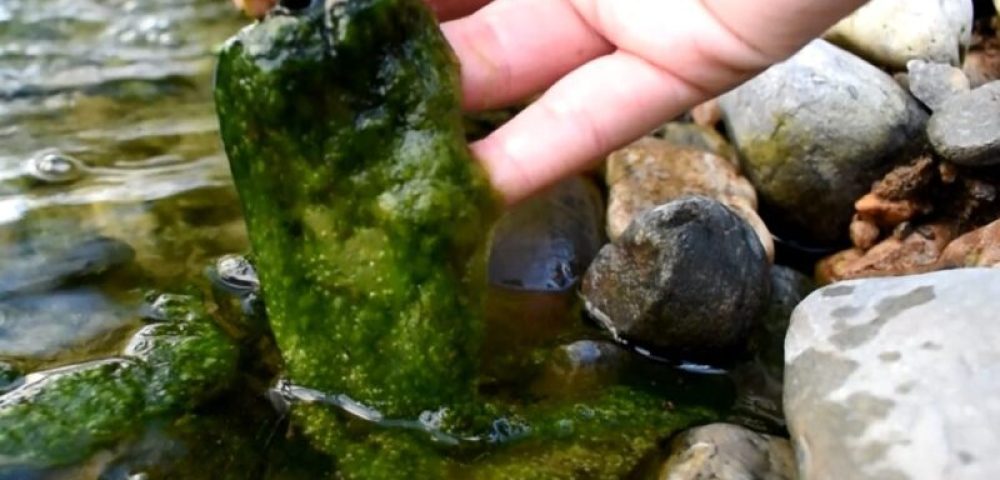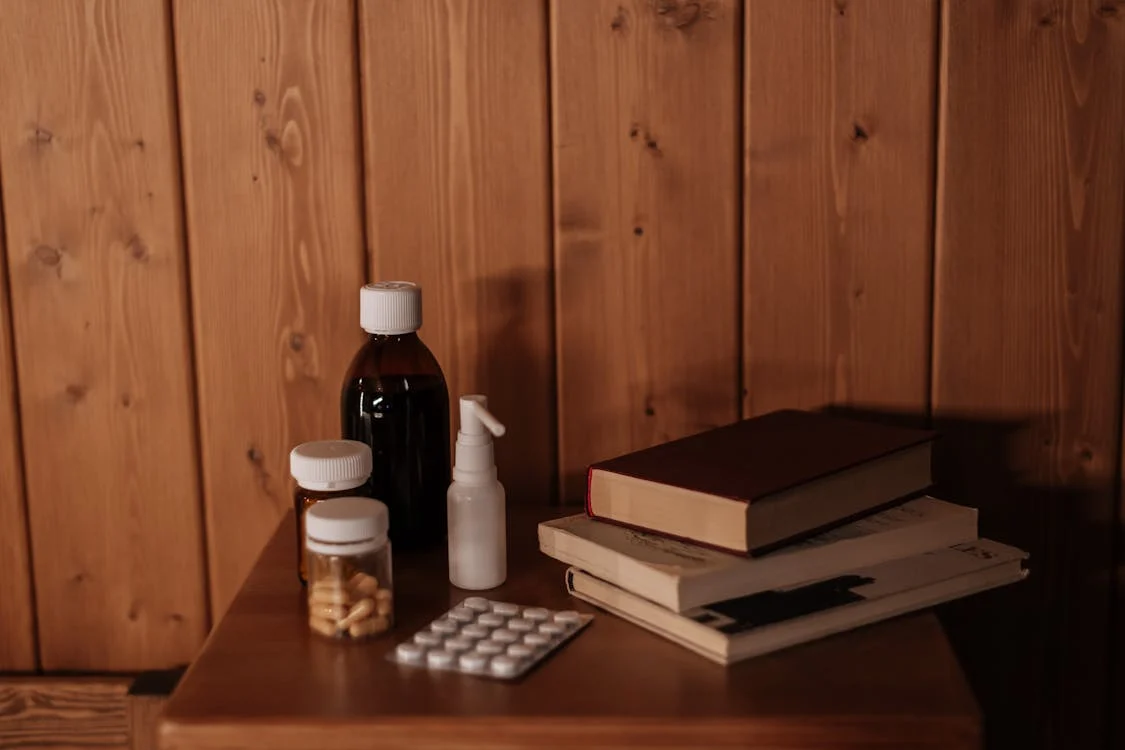Pond owners, I get it. Looking at your pond and seeing it overtaken by algae can feel like watching your prized garden get swarmed by weeds overnight. It’s not just a question of aesthetics—your fish need a healthy environment to thrive. Let’s explore practical, fish-friendly solutions to reclaim the balance in your pond while keeping your aquatic buddies safe.
What Causes Algae in a Pond?
Before tackling algae, it helps to pinpoint the culprits. The main players?
- Excess nutrients: Overfeeding fish or fertilizer runoff can create a buffet for algae.
- Sunlight: A pond with little shade becomes an algae magnet.
- Stagnant water: Lack of movement allows algae to spread unchecked.
When these factors align, algae blooms can quickly turn your peaceful oasis into a green mess.
Why It’s Essential to Use Safe Methods
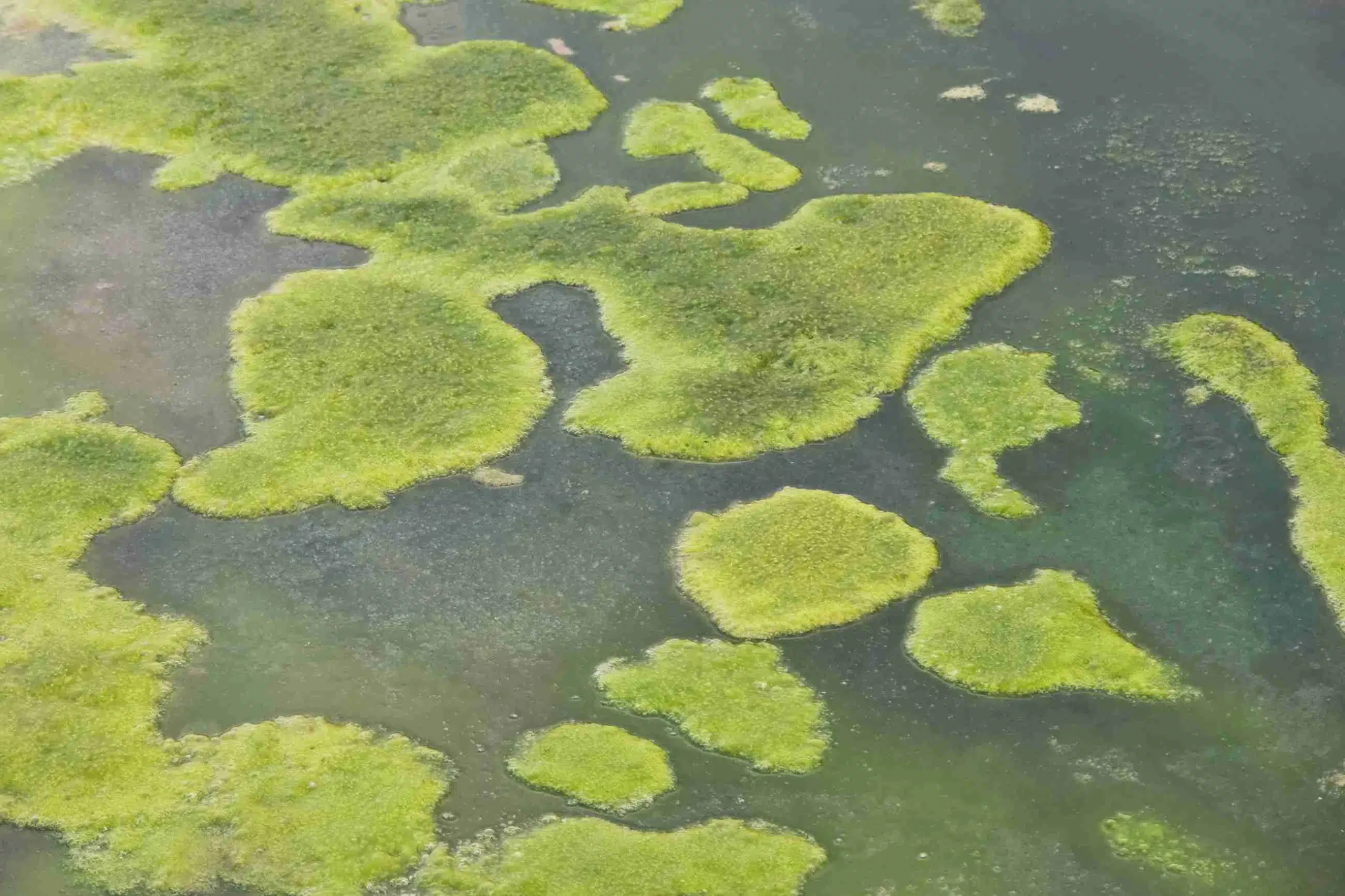
As tempting as it might be to grab the strongest chemicals available, remember the delicate balance of your pond’s ecosystem. Many quick fixes harm not just algae but your fish, plants, and beneficial bacteria. Protecting every part of your pond means using strategies that target the problem without collateral damage.
Algae-Control Strategies That Work
Here’s what you can do to tackle algae effectively and responsibly:
1. Limit Nutrients
Algae thrive on excess nutrients. Cutting off their food source makes a significant difference.
- Feed fish only what they can consume in a few minutes.
- Remove uneaten food and decaying plant matter.
- Keep leaves and debris out of your pond using a net or skimmer.
By staying on top of nutrient management, you’re already winning half the battle.
2. Introduce Beneficial Plants
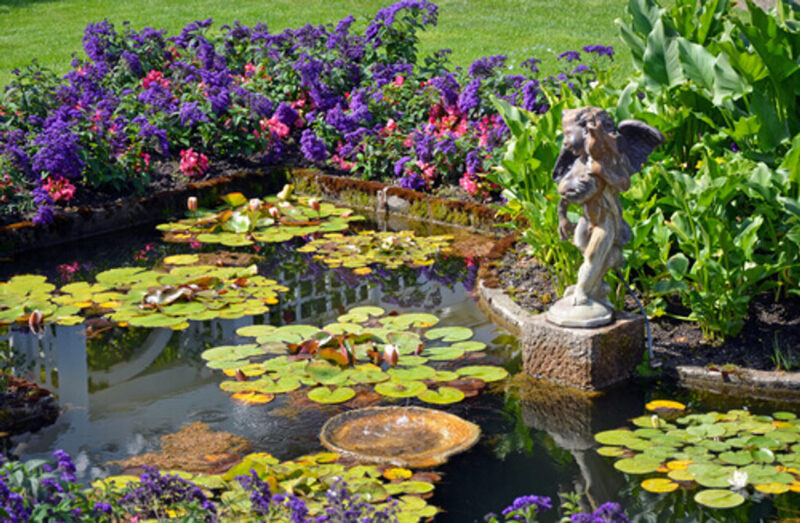
Adding plants to your pond does wonders. They compete with algae for nutrients, keeping it in check.
Great options include:
- Floating plants like water lettuce or water hyacinth. These cover the surface and provide shade.
- Submerged plants such as anacharis or hornwort, which oxygenate the water and absorb nutrients.
- Marginal plants (grown along the pond’s edge) like cattails or iris, adding a beautiful touch while aiding algae control.
Not only do plants help maintain balance, but they also enhance the overall beauty of your pond.
3. Ensure Proper Filtration
A good filtration system removes waste and promotes water movement. Invest in a filter designed for your pond’s size, and pair it with a pump to circulate water effectively.
Consider cleaning the filter regularly to ensure it’s functioning optimally. A clogged filter does more harm than good by reducing water flow.
4. Use an Aerator
Oxygenating your pond keeps water moving and discourages algae growth. Consider a fountain or air pump to boost oxygen levels while creating a soothing visual.
Aeration also benefits fish by preventing stagnant zones where oxygen levels drop. Healthy water circulation is a win-win for all.
5. Shade the Pond
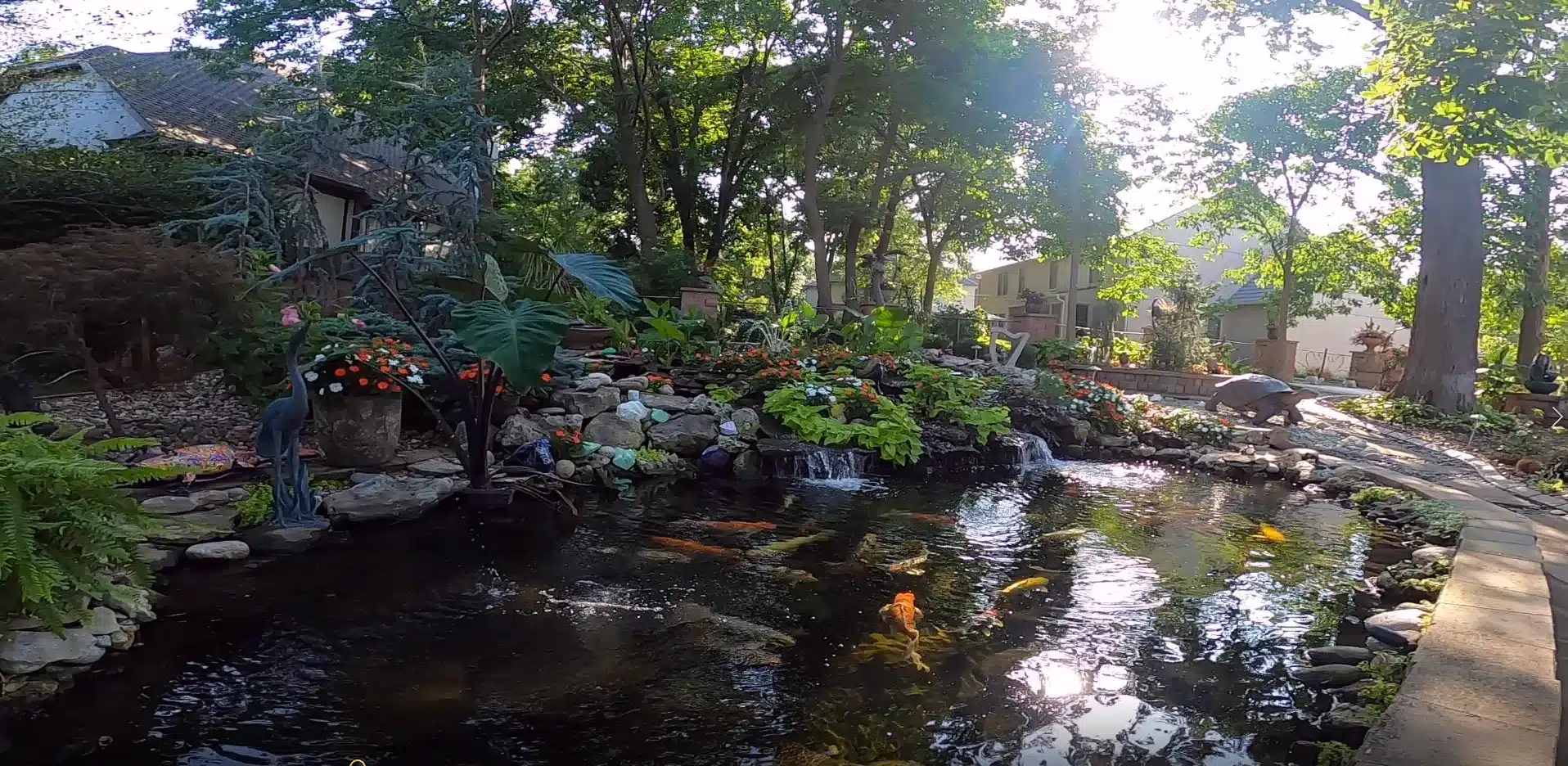
Reducing sunlight hitting the water can limit algae’s ability to grow. Options include:
- Adding a pond cover or canopy.
- Growing trees or shrubs nearby (just ensure they don’t drop too much debris).
- Floating plants, which provide shade and absorb nutrients.
A combination of shade solutions can dramatically cut down on algae growth, especially during summer months when sunlight is intense.
The Role of Regular Maintenance
I can’t emphasize enough how important ongoing care is. Regular maintenance prevents algae from getting out of hand in the first place. It’s a bit like brushing your teeth—small, consistent efforts keep bigger problems at bay.
Create a Routine:
- Weekly tasks: Skim debris, check water quality, and clean the filter.
- Monthly tasks: Inspect equipment and trim overgrown plants.
- Seasonal tasks: Deep clean before winter and prepare for algae blooms in spring.
By sticking to a schedule, your pond stays balanced and beautiful. Routine maintenance may feel like a chore at first, but the results make it worth every minute.
Benefits of Maintenance:
- Prevents algae from taking hold.
- Keeps water clear and clean.
- Protects the health of your fish and plants.
- Saves money on costly treatments and repairs in the long run.
Products to Help You Along the Way
Sometimes, manual labor isn’t enough. Safe algae-control products can be a lifesaver.
Algaecides: Use Wisely
If you’re considering an algaecide, choose one marked as fish-safe. Follow the instructions closely to avoid harming aquatic life.
Remember that algaecides are a short-term fix and should be part of a broader pond care strategy.
UV Clarifiers
Ultraviolet clarifiers break down algae, leaving your water clearer without harming your fish. They’re particularly effective for green water algae.
Install one alongside your filtration system for the best results. Many pond owners swear by UV clarifiers for keeping water crystal clear.
Beneficial Bacteria
Adding good bacteria to your pond helps break down organic waste and reduce nutrients. It’s an eco-friendly way to maintain balance.
For reliable products, check out That Pond Guy. They offer a wide range of pond supplies to make algae control a breeze.
What About Manual Removal?
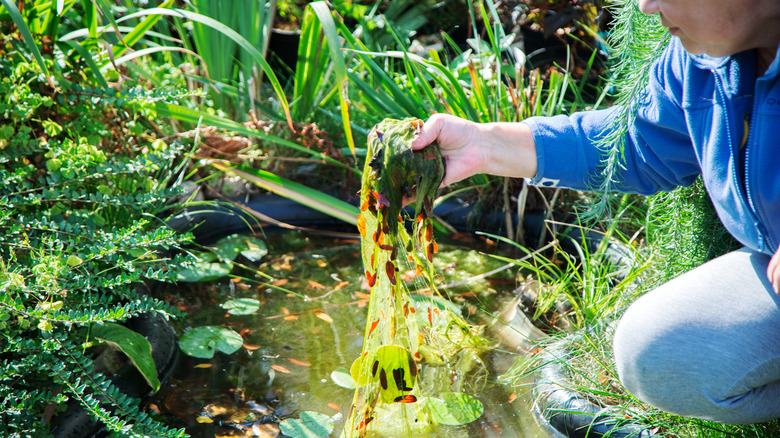
Sometimes, you just need to roll up your sleeves. Manual algae removal is an effective short-term fix to prevent blooms from spreading further. Use tools like:
- Pond rakes or skimmers for floating algae.
- Brushes for scrubbing stubborn patches on rocks or surfaces.
Make it part of your weekly upkeep routine for the best results. Removing algae manually might seem tedious, but it’s a quick way to improve the appearance of your pond while buying time for other strategies to take effect.
Seasonal Considerations for Algae Control
Algae problems often peak in specific seasons. Knowing what to expect and preparing ahead can help:
Spring:
As temperatures rise, algae blooms can occur rapidly. Start adding beneficial bacteria early and clean out any debris left from winter.
Summer:
Intense sunlight and warmer water create perfect conditions for algae. Focus on shading your pond and increasing aeration during this period.
Fall:
Falling leaves can introduce excess nutrients. Use a net to catch debris before it sinks and starts decomposing.
Winter:
Algae growth slows in colder months, but maintaining water quality is still important. Don’t forget to inspect your equipment and keep the pond clean.
Avoid Common Pitfalls
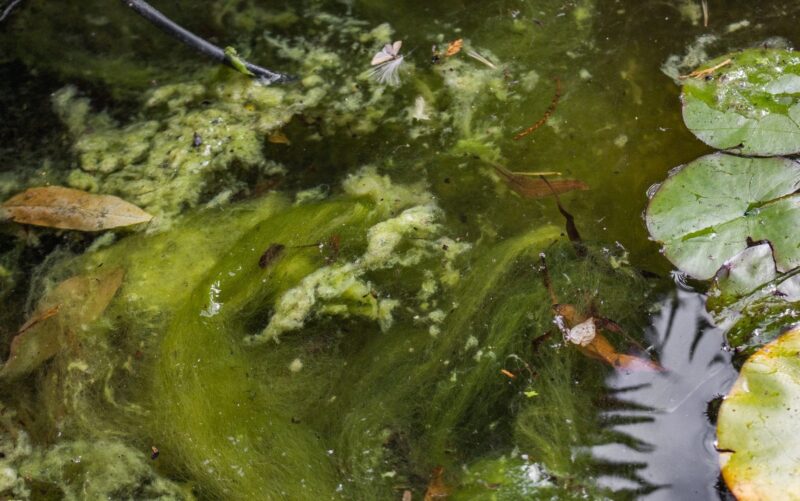
Here are a few mistakes to steer clear of:
- Overfeeding fish: Excess food sinks, decays, and feeds algae.
- Skipping maintenance: Neglect creates the perfect environment for algae.
- Overstocking fish: Too many fish means more waste, and more waste means more algae.
- Using the wrong chemicals: Harsh treatments often harm your pond’s ecosystem.
A Balanced Pond Is a Happy Pond
Restoring balance to your pond isn’t just about keeping it visually appealing. It’s about fostering a healthy environment for all its inhabitants—fish, plants, and even the microorganisms that call it home.
Think of algae control as an ongoing conversation with your pond. With regular attention, thoughtful care, and the right tools, you can keep algae at bay without compromising the well-being of your fish. And trust me, nothing beats the satisfaction of seeing your pond sparkle again. A little effort now saves a lot of headaches later.


